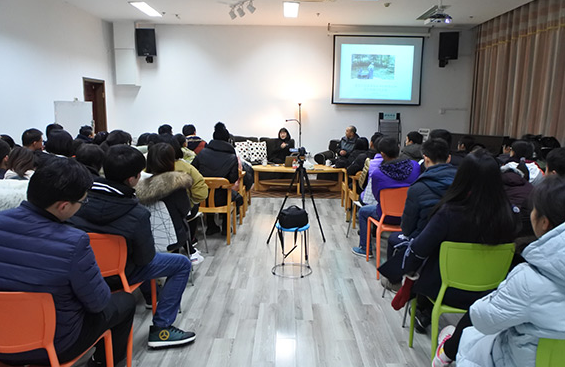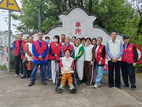A professor of philosophy and religious studies recently stated that China's recognition of the late Ming dynasty scholar-bureaucrat Xu Guangqi's Catholic identity by the Chinese society showed the country's social progress in a lecture held in Nanjing Union Theological Seminary(NUTS).
Zhu Xiaohong, a professor from Fudan University, one of China's most prestigious universities, shared in the lecture named "A Glance at Situation of Chinese Churches through Recognition of Xu Guangqi's Christian Identity" that the politician and militarist who experienced ups and downs in his official career met the Jesuit Matteo Ricci in 1600 and was baptized three years later according to the official website of NUTS.
Born in 1562, Xu was one of the earliest Catholics in Shanghai as well as a mathematician and agricultural scientist.
In 1606, Ricci and he translated the first parts of Euclid's Elements into Chinese, which had a great influence on Chinese mathematics. Xu was also the author of the agriculture book Nong Zheng Quan Shu, considered "the first Chinese man to open his eyes to look at the outside world" and the model for Chinese-western cultural interchange.
Xu was one of the "Three Pillars of Chinese Catholicism " along with Li Zhizao and Yang Tingjun.
In 1608, he invited the Italian missionary Lazzaro Cattaneo to establish churches in Shanghai. His favorite protégés, including Sun Yunhua and Han Sheng, preached the gospel in different places across China. However, his Catholic identity was neglected. The Chinese historical records praised his contributions to politics and science but never mentioned his Catholic identity.
But the identity gained recognition now, said Zhu.
In 1903, the Catholic Diocese of Shanghai erected a marble cross before Xu's tomb in honor of the 300th anniversary of his baptism. In 2003, a cross was put on the top of his tomb by the government of Xuhui district of Shanghai as a reconciliation symbol between the church and society. At that time some people opposed the move, but Song Haojie, deputy director of the Cultural Bureau of Xuhui District, Shanghai, explained, "It was to respect the history and facts."
The recognition reflected that the tolerance toward and cognition of Christianity increased and deepened in contemporary China, representing social progress.
Commemorative activities of the historical figure reached their highest in the 21st century.
In 2007, the Cultural Bureau conducted a large-scale seminar to commemorate the 400th anniversary of the publication of Euclid's Elements.
In May 2012, several speakers talked about Xu's religious background in a discussion meeting entitled "Xu Guangqi and Modern China", which marked the 450th anniversary of the birth of Xu.
- Translated by Karen Luo











